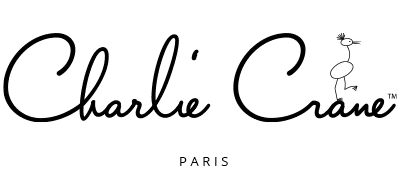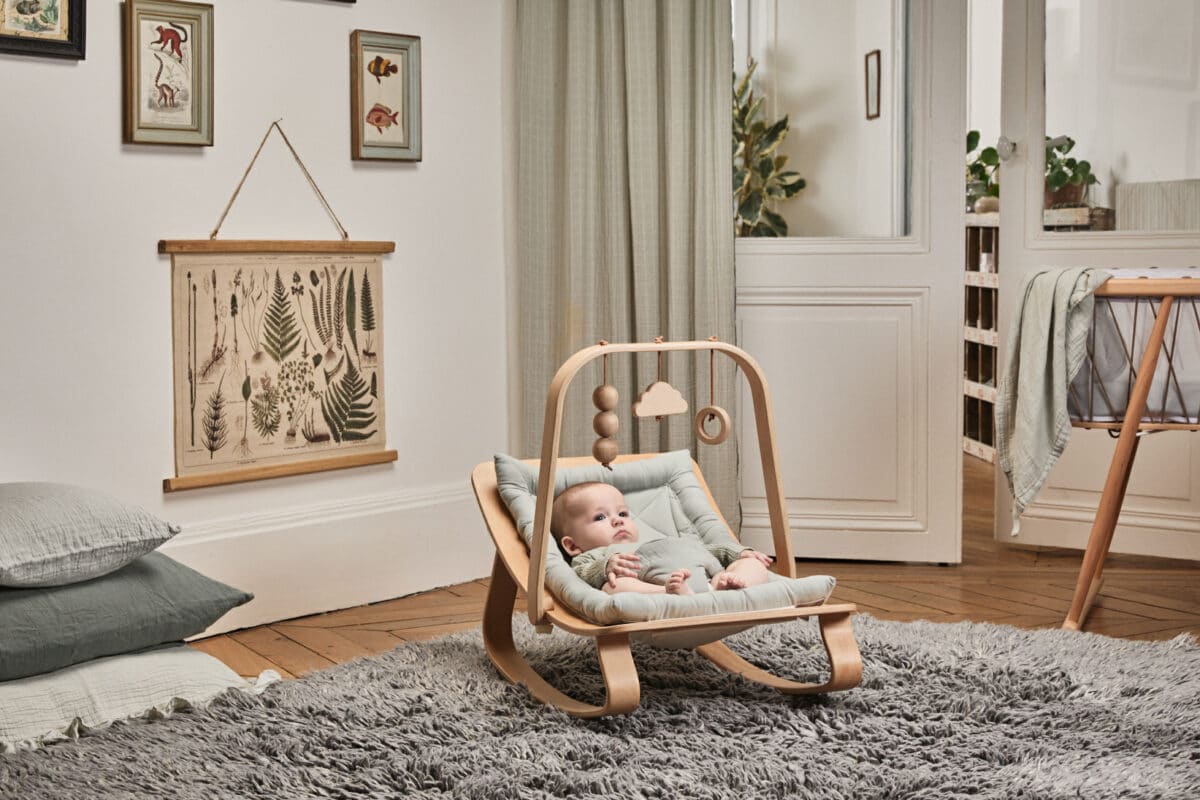Baby is here! As good parents, you obviously want the best for your little one. But how can you gently help him to awaken and accompany him as best as possible so that he grows up well? In this blog post, we summarize all the key stages of the first months and explain why specific equipment is essential.


The best conditions
A baby needs his parents to survive, but also to grow up well! It is by interacting with your child that he will develop his ability to move, to catch objects and to discover the outside world. Your baby needs a secure environment that is adapted to his motor skills. And yes, you will have to hide your vases, close your cupboards, or at least for a while…
The must-haves for a waking baby are :
A play mat: a large, soft play surface that insulates from the cold.
An arch: to stimulate his sight and motor skills. The arch also allows your baby to be relatively “autonomous” because he doesn’t need you to pick up any toys that fall.
A rocker: a small chair to chill and observe around him. Practical when you need to go about your business, or even to give him food at the very beginning of diversification.
From 1 to 4 months old
During the first month, your baby is slowly waking up and becoming aware of his body. He still sees blurred but can distinguish colors, even the one of a mat on which he would be put. He listens a lot and recognizes his parents’ voice, which he heard a lot in the womb. You can play and make vocalizations, whispers, onomatopoeias (you know when you sound crazy while talking to your baby?!), smiles, cuddles… when he is in your arms, lying on his back on his
playmat, in his
rocker, during bath time or during
diaper change.
The goal? To exchange, to make him discover sensations and to weave a bond with him.
At this very young age, your baby gets tired very quickly. He can look, but it exhausts him. If he turns his head away, it’s not that he doesn’t want to see anymore, but that he needs to rest. So don’t hesitate to put him back in his
crib or
bed for a well-deserved nap. Obviously, when your baby is hungry, he is also less receptive. You’ll soon learn to understand these signs, which are important to respect so as not to over-stimulate him… It would be a shame to miss nap time!


From 2-3 months, you can stimulate the holding of his head (very important!) by placing him from time to time on his belly on his mat to play with him. He gets up, he starts to smile… Soon, I promise, he will make a poker face worthy of Al Pacino!
From 4 to 8 months old
Your baby is starting to use his own little hands.
Let’s go for the arch, the rattles, all these toys that make noise, are catching, put in the mouth and are terribly interesting!
Your child also discovers the world through taste and his mouth. Some babies even suck their feet. We don’t get offended and we let him do it, he has fun! Vary the positions for your baby on his playmat. On his back or on his stomach to train his head. Are you busy? Put your baby in his bouncer on the floor and let him observe you. Place the arch over him while he plays. The arch has a great advantage for him and you: finally toys that don’t fall over and need to be picked up! It also seems that the washing machine fascinates some babies…
Finally, it is the great discovery of his own body. Accompany this learning process by making many riddles: whose little nose, whose little hands, whose little legs. And as in the first months, make sure you respect these times of fatigue by leaving him alone regularly.








